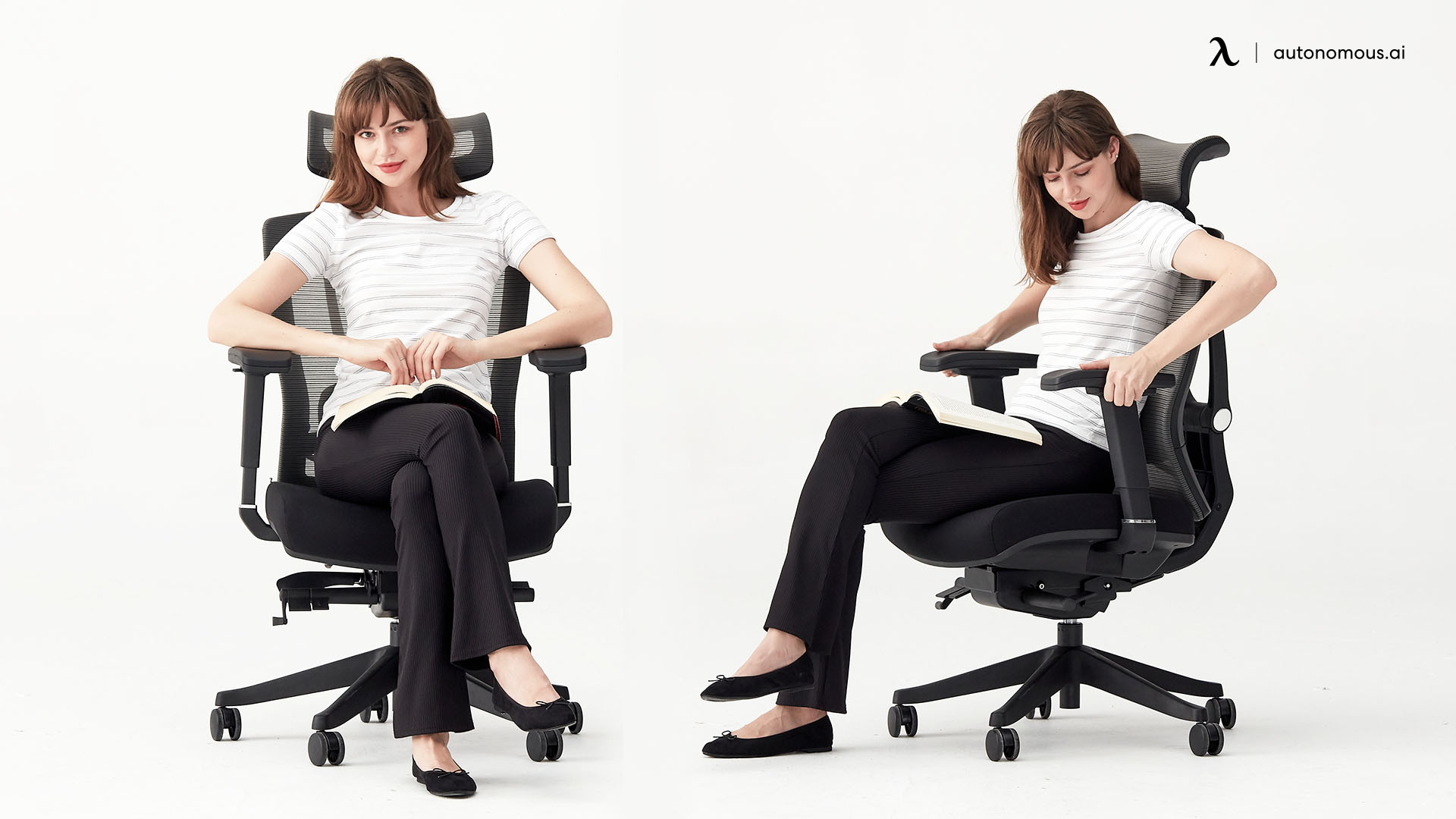Comparing Features: Desk Chair Under 40

Finding a comfortable and supportive desk chair for under $40 presents a unique challenge. Budget constraints often mean compromises on features and materials, but understanding the trade-offs between different chair types can help you make an informed decision. This section will analyze the strengths and weaknesses of common budget chair options, identify potential ergonomic issues, and provide strategies for mitigating them.
Mesh, Plastic, and Fabric Desk Chairs Under $40: A Comparison
The sub-$40 market typically offers three main types of desk chairs: mesh, plastic, and fabric. Each has its own set of advantages and disadvantages that significantly impact comfort and longevity. Choosing the right one depends on your priorities and expected usage.
- Mesh Chairs: These chairs often boast better breathability than fabric or plastic counterparts, making them a good choice for warmer climates or individuals who tend to sweat. However, mesh chairs at this price point often lack robust lumbar support and can feel less comfortable for extended periods. The mesh itself might also be less durable than other materials, potentially tearing or stretching over time.
- Plastic Chairs: Plastic chairs are usually the most affordable option. Their simplicity and easy maintenance are attractive, but they often lack ergonomic features. Expect minimal padding and limited adjustability. They can also feel quite hard and unyielding after prolonged sitting.
- Fabric Chairs: Fabric chairs offer a softer seating experience than plastic or mesh, often providing more cushioning. However, fabric can be less breathable and more prone to staining or wear and tear. The quality of the fabric and padding varies greatly at this price point, so careful inspection is crucial.
Common Ergonomic Issues in Inexpensive Desk Chairs and Mitigation Strategies, Desk chair under 40
Inexpensive desk chairs often compromise on ergonomic design, leading to potential discomfort and long-term health problems. Understanding these issues and implementing mitigation strategies is vital.
- Inadequate Lumbar Support: Many budget chairs lack proper lumbar support, leading to back pain and poor posture. Mitigation: Use a lumbar support pillow or rolled-up towel to provide additional support in the lower back curve.
- Lack of Adjustability: Limited adjustability in seat height, backrest angle, and armrests restricts the ability to personalize the chair to individual needs. Mitigation: Prioritize chairs with at least height adjustment. Consider using a footrest to improve leg posture if seat height is fixed.
- Poor Seat Pan Design: Inadequate seat depth and width can cause discomfort and pressure points. Mitigation: Use a seat cushion to improve comfort and distribute weight more evenly. Consider the chair’s dimensions carefully before purchasing to ensure a proper fit.
Posture Support Comparison: Well-Designed vs. Poorly Designed Chair
Imagine two chairs side-by-side. The well-designed inexpensive chair displays a natural “S” curve in the spine when occupied. The backrest gently supports the lower back, promoting proper posture. The seat pan is appropriately sized and angled to support the thighs without restricting blood flow. In contrast, the poorly designed chair shows a slumped posture. The back is unsupported, leading to a rounded upper back and forward-leaning head. The seat pan is either too deep or shallow, causing discomfort and poor posture.
Assessing Chair Sturdiness and Stability
Determining the sturdiness of a desk chair requires examining its construction and materials. Look for chairs with a five-star base made of sturdy metal, preferably steel. Check the weight capacity specified by the manufacturer; a higher weight capacity generally indicates a more robust design. Pay attention to the material of the chair’s frame and the quality of its welds or fasteners. Avoid chairs with flimsy plastic components or visibly weak joints. A heavier chair, generally, indicates better build quality, although this is not always the case. A well-constructed chair will feel stable and resistant to wobbling when you gently rock it back and forth.
